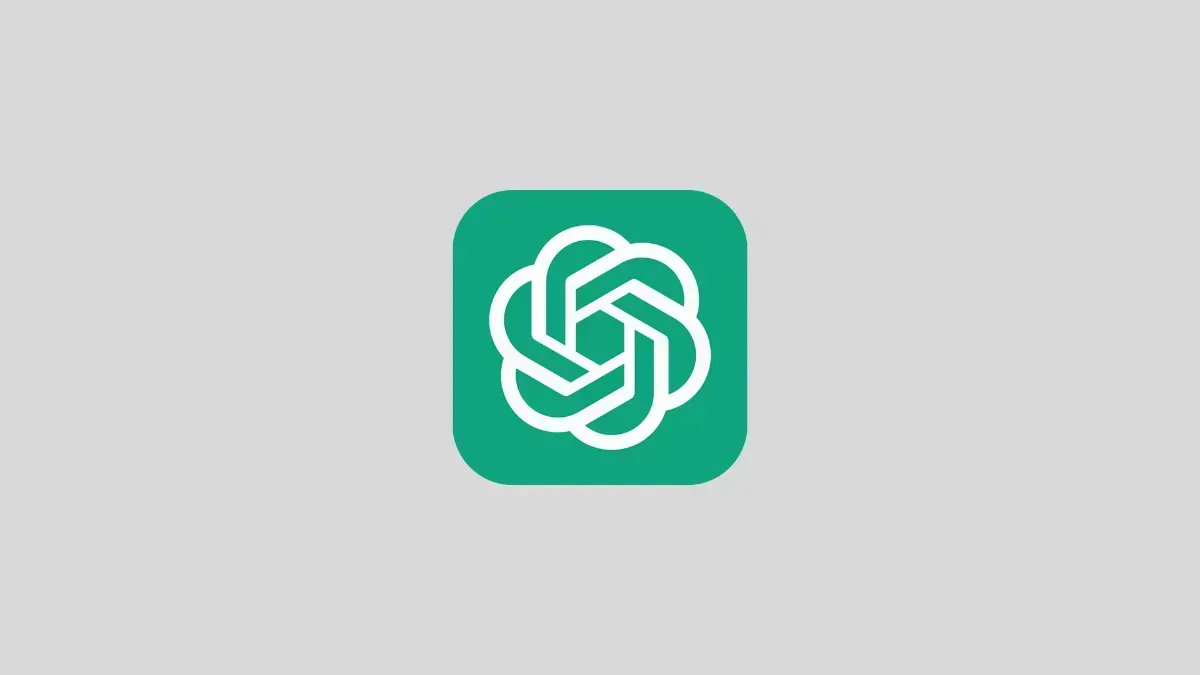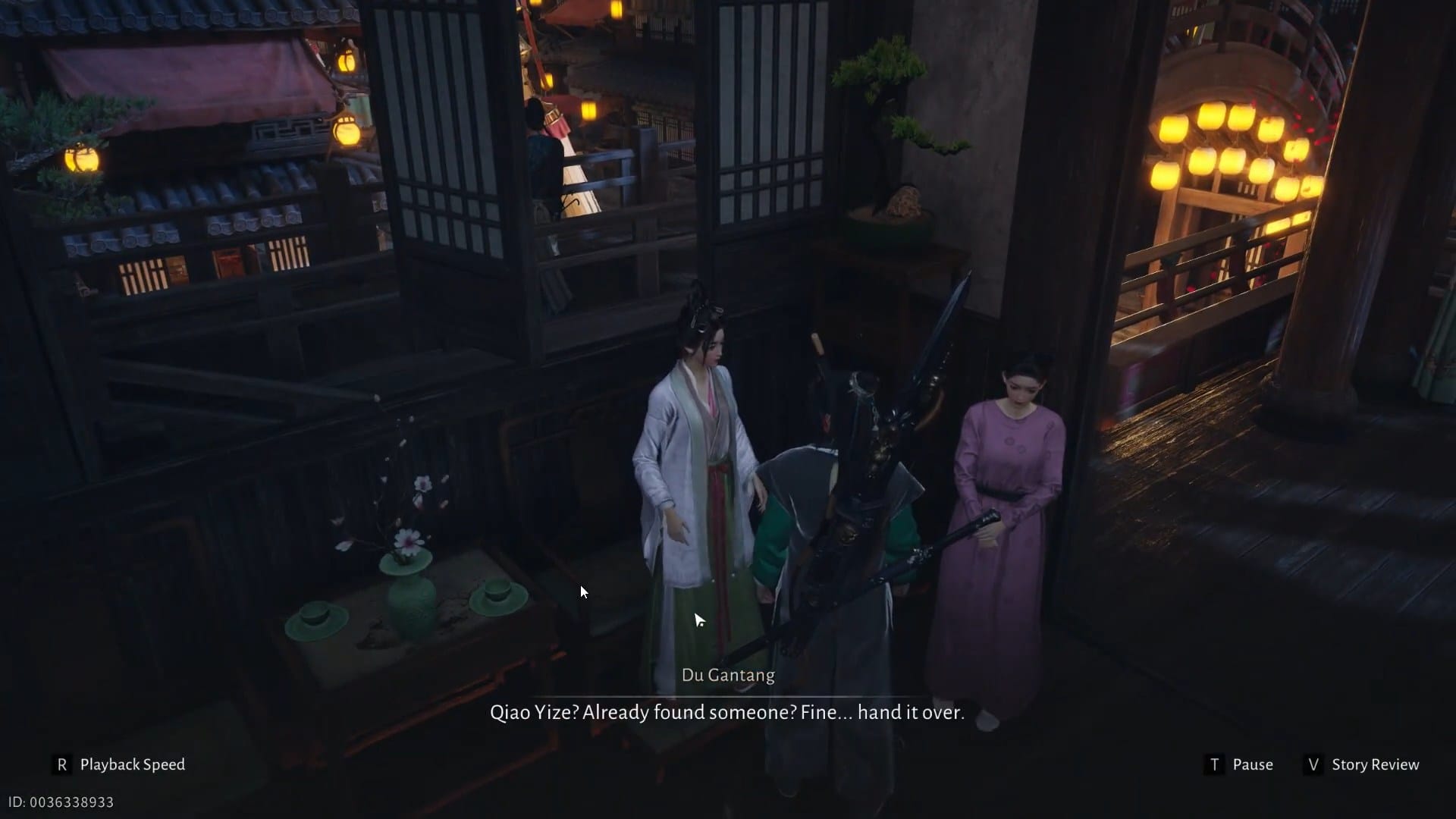Samsung has finally begun rolling out the official Android 4.1.2 Jelly Bean update for the Galaxy S2, but surprisingly it is the Galaxy S2 I9100G – the TI OMAP processor-powered variant of the Exynos-powered Galaxy S2 I9100 – that is getting the update, which will no doubt make I9100G owners rejoice while the I9100 owners look on in jealousy.
The rollout has begun in France, and as has been reported numerous times in the past, the Android 4.1 update for the Galaxy S2 is a major update that not only gets people all the goodies inclusive of Jelly Bean but also a totally revamped interface – the Nature UX – and TouchWiz features found on newer Samsung devices like the Galaxy S3.
Here’s a list of enhancements in the Jelly Bean update, which will update your Galaxy S2 to firmware version I9100GXXLSR:
- Full User Interface Revamp (Same UI as of the Galaxy S III and Galaxy Note II)
- TouchWiz Nature UX
- Samsung’s S Cloud services
- Improved Camera features
- New Lockscreen With Many Customization Options
- New Features like Direct Call, Smart Stay and Pop-up Play
- New Widgets (From Galaxy S III)
- 2 Home screen modes
- New Notification bar With More Notification Toggles
Apart from those Samsung-specific features, the Jelly Bean update also brings along improvements such as a buttery smooth interface with the Project Butter enhancements, Google Now, actionable and expandable notifications, offline voice typing, and many more under the hood improvements that will make the Galaxy S2 feel like a totally new device almost two years after it was launched in the market. And of course it will also showcase Samsung’s new-found dedication to software support.
The update will be rolling out in phases and should reach other regions and countries over the coming weeks, but for those unwilling to wait to grab this much-awaited update (or for those on custom ROMs), the firmware is available for flashing manually. Those new to manual firmware installation can take the help of our step-by-step guide below to update easily and quickly.
However, keep in mind that manually updating – specially if you’re on a custom ROM or using a Galaxy S2 I9100G from a country other than France – might require you to factory reset your device, and while apps and personal data can be backed up and restored, things like your Google account will need to be set up again. So make sure that you’re willing to take that risk before attempting to use the guide to manually update.
Compatibility
The procedure described below is only for the Samsung Galaxy S2, model number I9100G. Do not try it on any other device, not even on the Galaxy S2 with model number I9100. Check your model number in the Settings » About phone menu.
Warning!
The methods and procedures discussed here are considered risky, so try them out at your own risk, and make sure to read each step carefully before attempting anything. We will not be held responsible if anything goes wrong.
How to Install Official Android 4.1.2 Update on Galaxy S2 (I9100G)
- [Important] You might need to wipe the data on the phone to make the firmware boot up properly. Hence, to be sure you do not lose any data, backup your Apps and important data — bookmarks, contacts, SMS, APNs (internet settings), etc. This Android backup guide would help you. The SD card contents are always safe, so there is no need to back up those. Only backup apps and personal data.
- Download and install the software Kies on your computer, which will install the necessary drivers for the phone.
Download Kies
You can also download the drivers directly — download from here: 32 bit (x86) Windows | 64-bit (x64) Windows - Download the firmware.
Download Firmware (Alternate Link) - Extract the file downloaded in step 3 on the computer to obtain a file named I9100GXXLSR_I9100GXXLSP_I9100GXEFLSR_HOME.tar.md5 (the file name may end at .tar, which is normal). This is the actual firmware file that we need to flash on the phone.
- Download Odin. If you are new to this, Odin is a Samsung program used to flash stuff – firmware, kernels, etc. – on Samsung phones. We’ll use Odin to flash the firmware file obtained in step 4.
Download Odin3 v3.04 | Filename: Odin3_v3.04.zip - Extract the contents of the Odin3_v3.04.zip file to a folder on your computer.
- Now, turn off your phone and wait for it to shut down completely.
- Then, put the phone into download mode. To do so, press and hold these keys together: Volume Down + Home + Power till the phone turns on and shows a Warning!! screen. Then press Volume Up to enter download mode.
- Open Odin by double-clicking on the Odin3 v3.04.exe file obtained in step 6 after extracting Odin3_v3.04.zip.
- Important! Connect your phone to PC now. You should get the message “Added !!” under Odin’s message box in the bottom left.
- If you don’t get this message, make sure you installed drivers correctly (using Kies or directly) as given in step 2. If it still doesn’t work, try changing to another USB port on the computer and also use the USB ports on the back if you have a desktop PC.
- Click on the PDA button in Odin, then browse to and select the I9100GXXLSR_I9100GXXLSP_I9100GXEFLSR_HOME.tar.md5 file obtained in step 4 above.
- Important! Do not make any other changes in Odin except selecting the required files as given in step 11. Leave all other options as they are. Make sure Re-Partition check box is not selected.
- Now, make sure you took a backup as explained in step 1 before continuing, then click the Start button in Odin to start flashing the firmware on your phone. When the flashing is complete and is successful, you’ll get a PASS message (with green background) in the left-most box at the very top of the Odin, and the phone will automatically reboot. When you see the Samsung logo, you can safely unplug the cable.
- What do if Odin gets stuck or doesn’t do anything: If ODIN gets stuck on setup connection or at any stage of this process after you’ve hit the Start button, and doesn’t seem to be doing anything, or if upon completion of the process you get a FAIL message (with red background) in ODIN, do this: disconnect the phone from the PC, close ODIN, remove battery for 4-5 seconds, re-insert it, turn phone on in Download mode again, and do the procedure again from Step 9.
- [Important] What to do if phone doesn’t boot: After you get the PASS message and the phone reboots, the phone might get stuck at the booting animation. If that happens, perform the following steps to make it boot. Remember that these steps will wipe your personal data like contacts, apps, messages, etc. If your phone has already booted, stop reading the guide here, your phone has been updated successfully:
- Boot to recovery mode — for which, first power off phone (by removing battery and reinserting it), wait for 5-6 seconds, and then press and hold Home + Volume Up + Power keys together till the screen turns on, then let them go to boot into recovery. Once you are in recovery mode, use volume keys to move the selection up and down and home/power key to select the option.
- Go to Wipe data/Factory Reset and select it. Select Yes on next screen.
- Then, select reboot system now to reboot the phone, which will now boot properly.
- If you run into any roadblocks while flashing the firmware, let us know and we’ll help you out.
So there you have it, the official Android 4.1.2 Jelly Bean update is now installed on your Galaxy S2 I9100G. Enjoy the new features and improvements, and don’t forget to give us a shout to let us know how it all works for you. And if you’re a Galaxy S2 I9100 owner, you can be sure we’ll keep our eyes and ears open and let you know when its Jelly Bean update begins rolling out.
Screenshots:
Via: Sammobile

![Android 4.1.2 Jelly Bean update rollout begins for Galaxy S2 I9100G [Guide]](/content/images/wp-content/uploads/2013/02/i9100g-jelly-bean-1.jpg)













Discussion